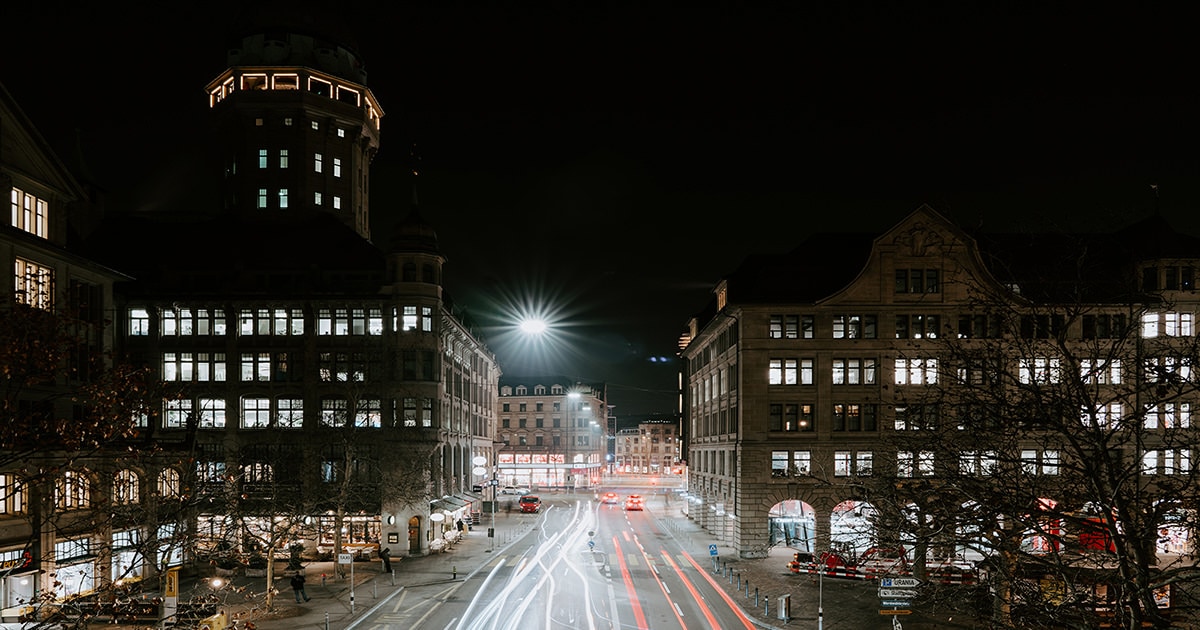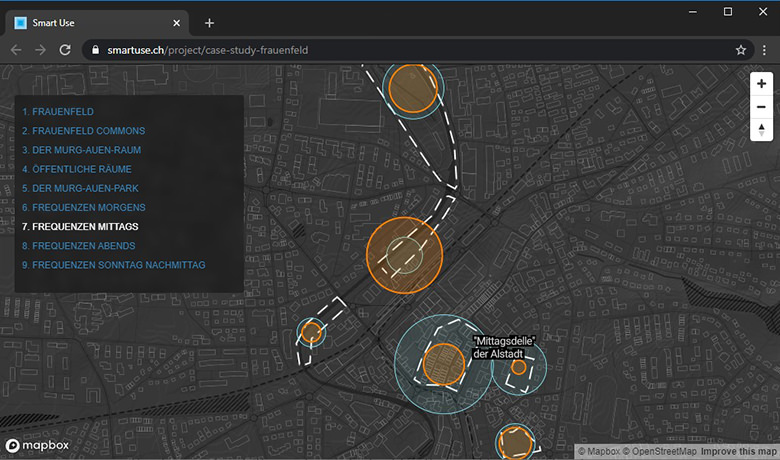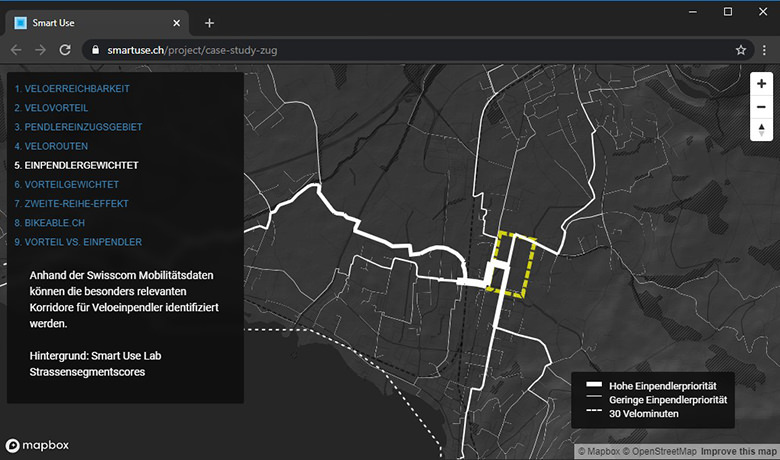The design of public spaces and infrastructure is still mostly based on trial and error. In many cases, great projects are created, but often also oversized streetscapes, poorly functioning town centres or unused squares. Mistakes are usually not analysed. Planning is not yet evidence-based. To prevent negative spatial developments and make them more efficient, Smartuse uses anonymised data sets from various sources, including the "Mobility Insights" platform from Swisscom. Markus Schaefer, co-founder of Smartuse, explains the principle behind this: "Like a doctor using an imaging procedure to see where he needs to operate, we gain important insights thanks to data and see where optimisations are possible to make better use of the space and design it more sensibly."



